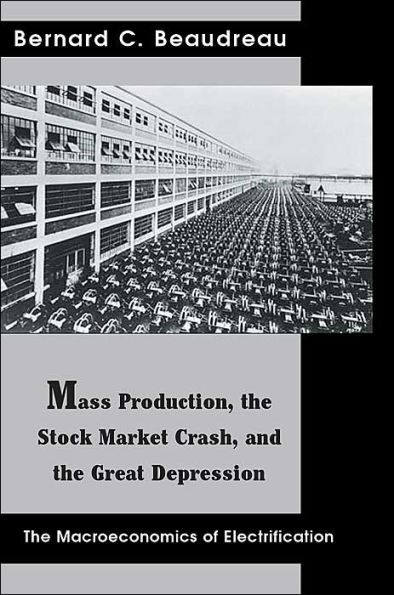Mass Production, the Stock Market Crash, and the Great Depression: The Macroeconomics of Electrification
Economists and historians view the events of the 1920s, the stock market boom and crash, the Great Depression and the New Deal, as being largely independent. This work presents an integrated, empirically-consistent view of this important period arguing that all of these events can be traced back to a paradigm technology shock, namely the electrification of U.S. industry from 1910 to 1926. The author goes from electrification through the stock market boom to the tariffs of the late 20s to the stock market crash and depression followed by the National Industrial Recovery Act in 1933.
1115202171
Mass Production, the Stock Market Crash, and the Great Depression: The Macroeconomics of Electrification
Economists and historians view the events of the 1920s, the stock market boom and crash, the Great Depression and the New Deal, as being largely independent. This work presents an integrated, empirically-consistent view of this important period arguing that all of these events can be traced back to a paradigm technology shock, namely the electrification of U.S. industry from 1910 to 1926. The author goes from electrification through the stock market boom to the tariffs of the late 20s to the stock market crash and depression followed by the National Industrial Recovery Act in 1933.
18.95
In Stock
5
1

Mass Production, the Stock Market Crash, and the Great Depression: The Macroeconomics of Electrification
208
Mass Production, the Stock Market Crash, and the Great Depression: The Macroeconomics of Electrification
208Paperback
$18.95
18.95
In Stock

Product Details
| ISBN-13: | 9780595323340 |
|---|---|
| Publisher: | iUniverse, Incorporated |
| Publication date: | 06/27/2004 |
| Series: | Contributions in Economics and Economic History |
| Pages: | 208 |
| Product dimensions: | 5.90(w) x 8.90(h) x 0.60(d) |
About the Author
From the B&N Reads Blog
